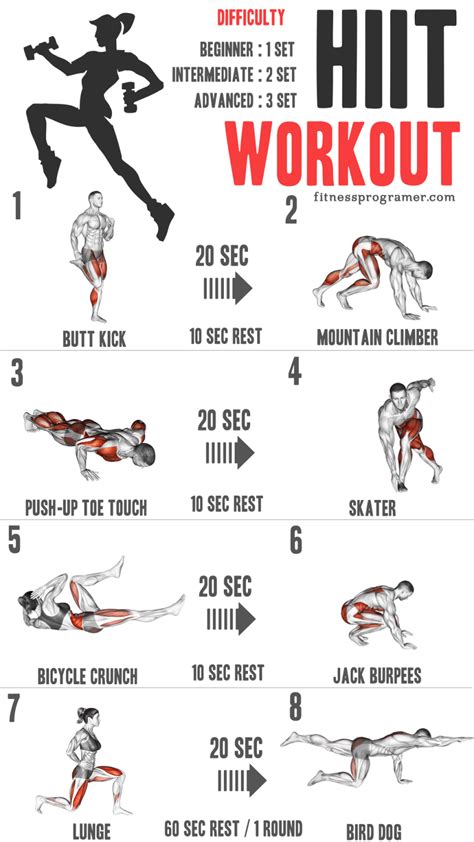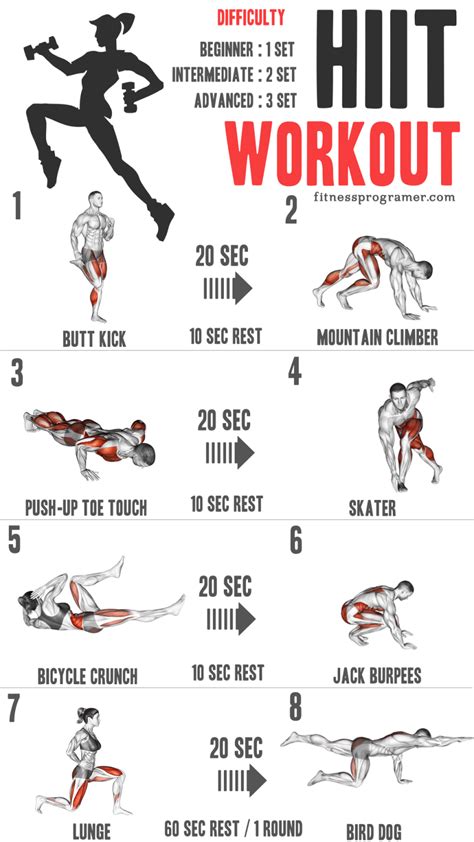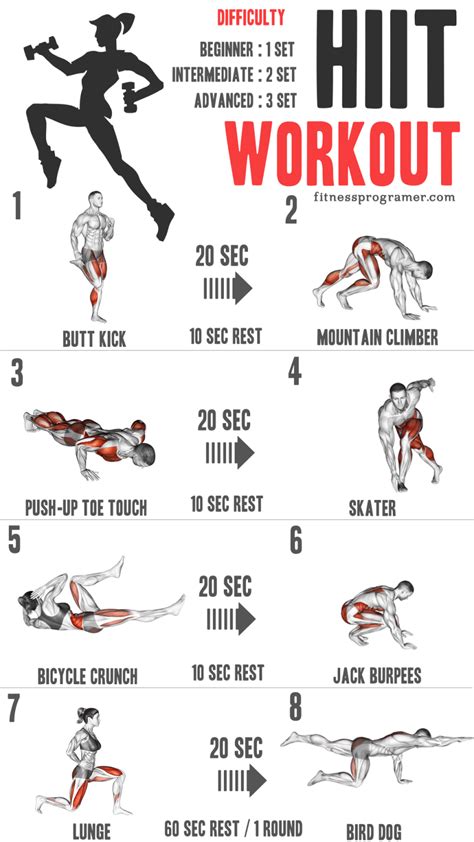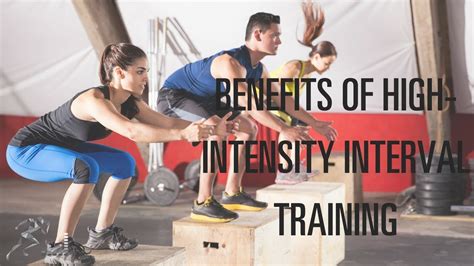Intro
Engaging in a high intensity workout is a great way to improve overall fitness and achieve specific health goals. For many individuals, the traditional approach to exercise involves lengthy sessions of moderate-intensity activity, such as jogging or cycling. However, research has shown that shorter, more intense workouts can be just as effective, if not more so, in terms of improving cardiovascular health, increasing strength, and boosting metabolism. In fact, high intensity interval training (HIIT) has become a popular trend in the fitness world, with many gyms and personal trainers incorporating this type of workout into their programs.
One of the primary benefits of high intensity workouts is their ability to push the body to its limits, resulting in significant improvements in cardiovascular fitness and muscular endurance. When an individual engages in high intensity exercise, their heart rate increases, and their muscles are subjected to intense stress, which stimulates the production of certain hormones and growth factors that help to promote muscle growth and repair. Additionally, high intensity workouts have been shown to be effective for weight loss, as they help to increase the body's resting metabolic rate, causing it to burn more calories at rest.
High intensity workouts can take many forms, from traditional strength training exercises like weightlifting and bodyweight exercises, to more dynamic activities like sprinting, jumping, and burpees. The key to a successful high intensity workout is to push the body to its limits, while also allowing for adequate rest and recovery time. This can be achieved through the use of interval training, where periods of high intensity exercise are followed by brief periods of rest or low-intensity exercise. By incorporating high intensity workouts into their fitness routine, individuals can experience significant improvements in their overall health and fitness, while also reducing their risk of chronic diseases like heart disease and diabetes.
Benefits of High Intensity Workouts

Types of High Intensity Workouts
High intensity workouts can take many forms, from traditional strength training exercises like weightlifting and bodyweight exercises, to more dynamic activities like sprinting, jumping, and burpees. Some popular types of high intensity workouts include: * High intensity interval training (HIIT): This type of workout involves short periods of high intensity exercise, followed by brief periods of rest or low-intensity exercise. * Strength training: This type of workout involves using weights or other forms of resistance to build strength and increase muscular endurance. * Plyometric training: This type of workout involves explosive, high-intensity movements, such as jump squats and box jumps. * Agility training: This type of workout involves quick, dynamic movements, such as shuttle runs and cone drills.How to Incorporate High Intensity Workouts into Your Fitness Routine

Common Mistakes to Avoid When Doing High Intensity Workouts
While high intensity workouts can be highly effective, there are also some common mistakes to avoid, such as: * Overdoing it: Avoid pushing yourself too hard, too fast, as this can lead to injury or burnout. * Not warming up: Always warm up before starting a high intensity workout, to prepare your muscles and prevent injury. * Not cooling down: Always cool down after a high intensity workout, to help your body recover and prevent soreness. * Not listening to your body: Pay attention to your body and take regular breaks to rest and recover, as high intensity workouts can be stressful and taxing on the body.Sample High Intensity Workout Routine

Tips for Getting the Most Out of Your High Intensity Workouts
To get the most out of your high intensity workouts, be sure to: * Stay hydrated: Drink plenty of water before, during, and after your workouts, to help your body recover and perform at its best. * Fuel your body: Eat a balanced diet that includes plenty of protein, complex carbohydrates, and healthy fats, to help your body recover and build muscle. * Get enough rest: Allow your body time to rest and recover between workouts, as high intensity exercise can be stressful and taxing on the body. * Mix it up: Vary your workouts to avoid plateaus and prevent overuse injuries, and to keep your body guessing and challenged.High Intensity Workout Safety Precautions

Common Injuries Associated with High Intensity Workouts
While high intensity workouts can be highly effective, they can also be stressful and taxing on the body, and may increase the risk of certain injuries, such as: * Muscle strains: High intensity workouts can cause muscle strains, particularly in the legs, back, and shoulders. * Tendonitis: High intensity workouts can cause tendonitis, particularly in the knees, elbows, and shoulders. * Stress fractures: High intensity workouts can cause stress fractures, particularly in the feet, ankles, and legs. * Overuse injuries: High intensity workouts can cause overuse injuries, particularly in the joints, muscles, and tendons.Conclusion and Final Thoughts

What is high intensity workout?
+High intensity workout is a type of exercise that involves short periods of high-intensity activity, followed by brief periods of rest or low-intensity exercise.
What are the benefits of high intensity workouts?
+The benefits of high intensity workouts include improved cardiovascular fitness, increased muscular endurance, enhanced weight loss, and improved mental health.
How often should I do high intensity workouts?
+It's recommended to do high intensity workouts 2-3 times per week, with at least one day of rest in between.
What are some common mistakes to avoid when doing high intensity workouts?
+Some common mistakes to avoid when doing high intensity workouts include overdoing it, not warming up, not cooling down, and not listening to your body.
How can I incorporate high intensity workouts into my fitness routine?
+You can incorporate high intensity workouts into your fitness routine by starting with short, manageable sessions, choosing exercises that you enjoy, incorporating interval training, and listening to your body.
